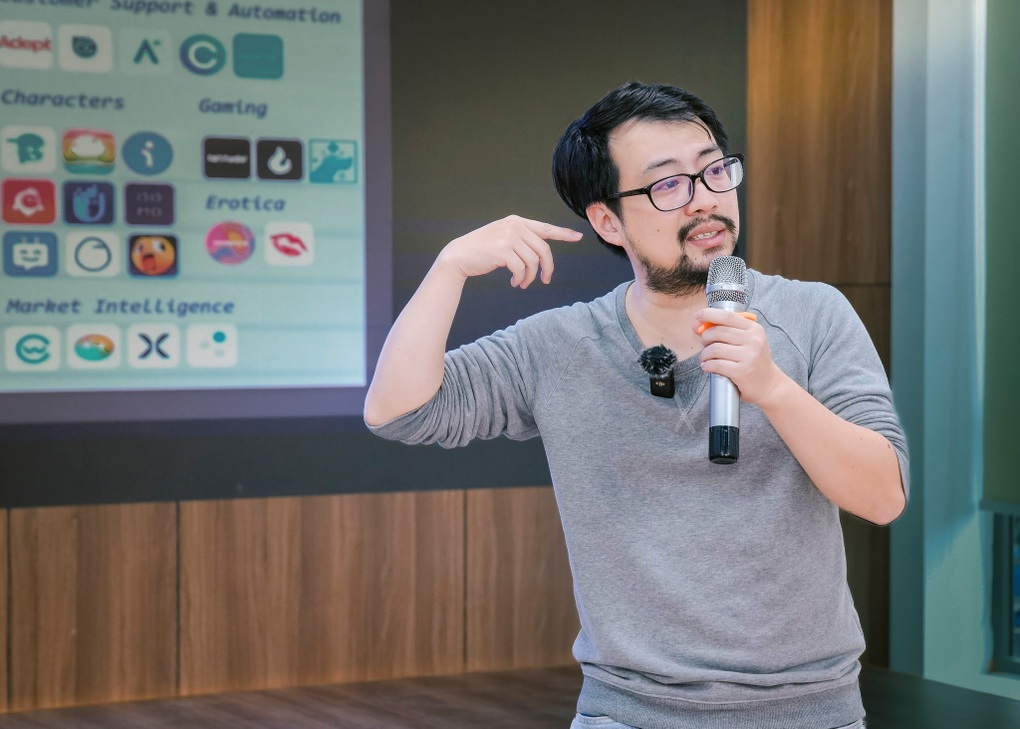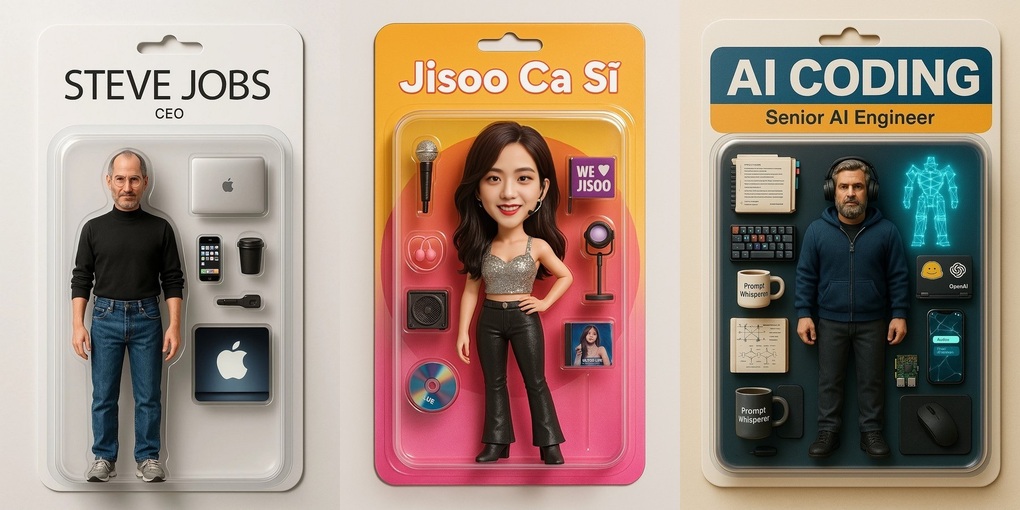A university in Ho Chi Minh City recently issued a warning after discovering that many new students in 2007 used portrait photos edited with artificial intelligence to submit as student ID cards during the admission process.
Specifically, the school's student community fanpage posted an article reminding students to stop using AI photos to send to the school with the content: "The school requests that new students no longer send photos with AI-edited faces to make cards. Real faces that are different from the card image will be banned from entering the exam room."
The accompanying reminder asks for the real photo to be resubmitted if a photoshopped photo was used and warns of consequences if not complied.
The information quickly attracted attention, not only within the school.
ID photo is not just an image, but an identification tool
In the context of strong digitalization, portrait photos are not simply a form of personal presentation. For students, the photo on the card is not only for beauty but also serves the role of identity verification in exams, borrowing documents, entering and leaving the campus, participating in academic activities, etc.

AI-generated ID photo (Illustration photo).
So the core of ID photos is authenticity. When photos are created with AI that can distort faces, brighten skin, change backgrounds, and even change facial structures, the photo no longer faithfully reflects the owner's true face.
At that time, the student card lost its identification function. This is not only a technical error but also affects fairness and order in the school.
Legally, a student card is not an identification document like a CCCD or passport. However, if a student intentionally sends a false photo for personal gain, he or she can still be dealt with according to internal regulations.
According to Circular 10/2016/TT-BGDĐT, students who use fake papers or documents to gain benefits or commit fraud may be subject to disciplinary action, from warnings to expulsion. In serious cases, they may also be prosecuted under Article 341 of the Penal Code for forging documents of agencies and organizations.
However, many experts believe that the above incident does not amount to "document forgery", but is an inevitable consequence of a technology trend that has not been properly controlled.
Not all edited photos are fake
AI research and application expert Nguyen Phong Anh said that it is understandable that students use AI-edited photos to make cards in the context of increasingly accessible technology.
“There are now many AI tools that allow users to turn a photo taken with a phone into an ID photo in just a few minutes. These applications can adjust the lighting, background, clothes, and even facial features,” said Mr. Phong Anh.
“It’s easy to get an ‘acceptable’ photo. But if you want a beautiful photo that meets your actual requirements, you still need to have a basic understanding of how to write prompts and control the results.”

Expert Nguyen Phong Anh shares about AI applications in life at a lecture (Photo: NVCC).
Before appearing in student ID photos, the trend of using AI to create images was popular on social networks through trends such as simulated wedding photos.
Many young people, even though they are not married or even have a lover, still upload sparkling "wedding" photos.
A series of applications such as Remini, Meitu, Xingtu... quickly became popular tools, helping users "rejuvenate", "beautify", "virtualize" their faces to the point of being unrecognizable.
However, according to Mr. Phong Anh, it is necessary to clearly distinguish between "fake" photos and "edited" photos.
“Student ID photos have always been edited with Photoshop: brightening the skin, changing the background, even changing clothes. Those tools also have AI inside, not just now.
The problem is how to edit it to still retain the important identifying features of the person taking the photo. If you squeeze the face, enlarge the eyes, remove moles... it will change the identity, even though the user may not have intended it," he said.
Therefore, he believes that we should not rush to conclude that students are "forging documents" in cases where AI is used to interfere with images.
“Currently, schools do not have any specific standards for ‘real’ or ‘fake’ photos. If we want stricter management, the best way is to require photos to be taken by the school or a reputable unit,” said Mr. Phong Anh.
Need to improve AI governance capacity

The trend of creating toy boxes using AI once caused a fever on social networks (Illustration photo).
Such technologies are just the beginning, according to AI experts. In the near future, the ability to create images and videos using AI will develop even more strongly and sophisticatedly.
We will continue to see many AI photo creation trends with all kinds of themes from ID photos, yearbook photos, to character transformation photos. After the trend-following phase, users will move on to creating personalized photos according to their own preferences. This is a legitimate need for creativity and entertainment and will certainly be widely responded to by users.
It is important to affirm that AI is not at fault. Technology, if used properly, is still a powerful tool in learning, administration, and even artistic creation.
The problem lies in how people use AI. When students use AI to make ID photos, the initial goal may be just to “make them look a little better”, but the consequences include data distortion, loss of uniformity in management and the risk of fraud.
The university's quick detection and handling of the situation shows that the school has responded appropriately, promptly and with high warning.
The story of AI ID photos is not simply about image editing, but reflects the broader challenges of data management and digital identity in the age of artificial intelligence.
As AI becomes more embedded in our lives, it is not just about creating better images, but about ensuring authenticity, transparency, and safety in the system. Empowering users to understand and use technology responsibly is a necessary step to adapt to an ever-changing digital environment.
Source: https://dantri.com.vn/cong-nghe/dung-ai-ghep-mat-lam-anh-the-gen-z-nhan-canh-bao-20250916082442929.htm







![[Photo] Opening of the 14th Conference of the 13th Party Central Committee](https://vphoto.vietnam.vn/thumb/1200x675/vietnam/resource/IMAGE/2025/11/05/1762310995216_a5-bnd-5742-5255-jpg.webp)





























![[Photo] Panorama of the Patriotic Emulation Congress of Nhan Dan Newspaper for the period 2025-2030](https://vphoto.vietnam.vn/thumb/1200x675/vietnam/resource/IMAGE/2025/11/04/1762252775462_ndo_br_dhthiduayeuncbaond-6125-jpg.webp)






































































Comment (0)